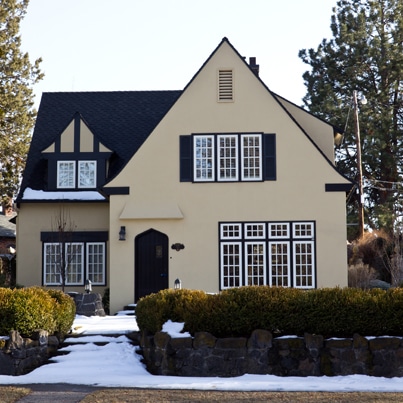It happens every fall; as the first frigid Polar air makes its plunge into the U.S., many of us are scrambling to find the hats, gloves and extra layers we put away for summer.
Hopefully you have had your HVAC system checked and replaced the filters for maximum warmth on these cold days. Here are some more simple tips from Wikihow.com to keep you warm while helping you save on the heating bill:
- Warm rooms by opening window shades when the sun is shining
- Hang cheap, clear shower curtains to block cold air while allowing the sun’s heat in
- Close off unused rooms
- Use rugs and carpets over cold floors
- Cooking with the oven adds heat to your home
- Drink hot liquids
- Wear layers
- Exercise
- Snuggle with a pet
- Get a heating pad or electric blanket
Remember, too, that running ceiling fans in reverse pushes warm air down to the ground.
To help keep you safe, the American Red Cross is launching a new campaign to reduce the risk of home fires that usually increase this time of year. The most essential part of the campaign is to have Americans install and check their smoke alarms and for each household to practice fire drills. The Red Cross also urges everyone to follow these common sense heating safety tips:
- Keep ignition sources like paper, clothing, bedding and curtains at least three feet away from space heaters, stoves and fireplaces
- Never leave heaters and fireplaces unattended
- Place space heaters on a level hard surface like tile floors and away from rugs
- Look for models that have automatic shut off features
- Have wood and coal stoves, fireplaces, chimneys and furnaces professionally inspected and cleaned once a year
Now is also a great time to make sure your family has an emergency kit. According to Ready.gov, it should have enough food and water to survive for a minimum of three days and should also contain:
- A battery powered radio
- Flashlight
- Lots of extra batteries
- First aid kit
- Formula and diapers if you have an infant
- Moist towelettes, garbage bags and plastic ties for sanitation
- Plastic sheeting and duct tape to shelter in place
- Wrench or pliers to turn on and off utilities
- A can opener
- Any essential medications
- Household chlorine bleach to disinfect and treat water
You can find numerous other winter safety preparations and tips at the California Casualty Resources Page. And don’t forget to make sure your vehicle is ready for winter too.
Now is a really good time to make sure your home or apartment is fully protected for fire, ice, wind and other winter damage. Call a California Casualty advisor today for a policy review and to see what discounts you qualify for at 1.800.800.9410 or at www.calcas.com.
Sources for this article:
https://www.wikihow.com/Stay-Warm-at-Home-Without-a-Heater
https://www.redcross.org/prepare/location/home-family/prevent-home-fires/
https://www.ready.gov/build-a-kit
https://mycalcas.com/2012/11/preparing-your-car-for-winter/
- California Casualty Earns Financial Stability Rating® of A, Exceptional, From Demotech, Inc. - April 28, 2025
- Music & Arts Grant Recipients – 2024 - December 13, 2024
- Understanding Auto and Home Insurance Rate Changes - December 3, 2024

